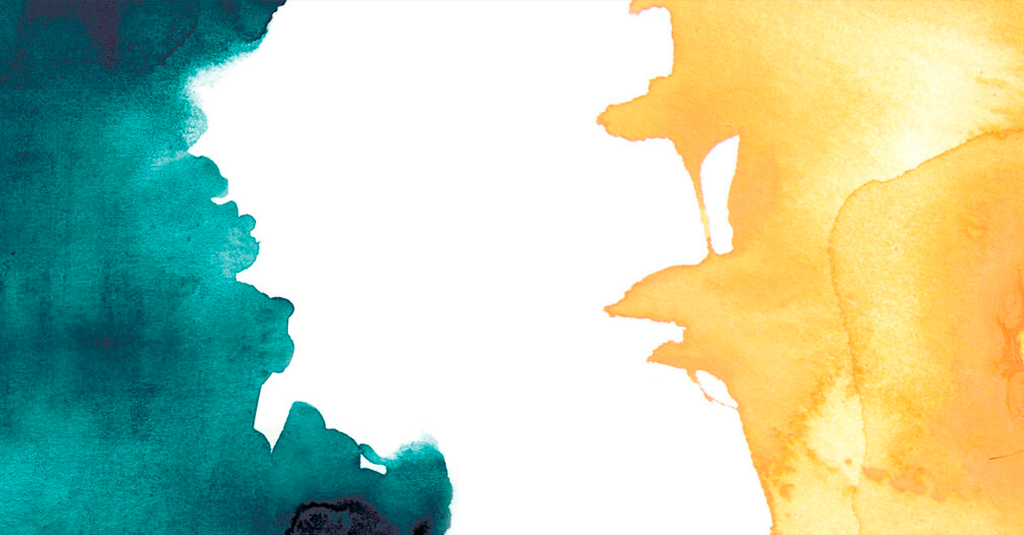Natural light
Natural light has long played a major role in Danish architecture and interior design, but colors play at least as big a role, if you are to believe the color researcher Karl Ryberg, a professional architect and psychologist. He studies photobiology, i.e. the effect of colors and light on animals and humans.
“Light and colors affect nearly everything in the biological world: animals, plants, insects and humans. We all react to light and colors. Karl Ryberg compares animals’ and humans’ decoding of colors with computer software. It is colors that tell our eyes and brain what we should pay attention to.”
“Colors say something, in the same way as flowers attract insects. They signal the presence of something exciting and important. The brain ‘consumes’ this information and utilises it. This applies to nearly all animals that live in daylight,” Karl Ryberg explains.
Four signaling colors
Generally, nature’s colors are important, as it is in the natural world that we humans have learnt to interpret and understand individual colors. Karl Ryberg explains that nature uses four signaling colors, which form the basis of our color perception.
“The oldest two colors are yellow and blue. Yellow is often associated with the sun, and it tells the brain it’s daytime. When yellow predominates, we are awake, talk more and are more mentally active. We read more quickly on yellow paper and we communicate more,” says Karl Ryberg.
“In opposition to this is the color of the night: blue, and in particular dark blue. The twilight induces you to fall asleep, as it tells the brain it’s time for rest. It exerts a calming, non-stimulating influence, making us associate it with stability and conservatism, which is why politicians and others use it to create a feeling of reliability.”
Color as compass
The development of color spectra can be followed over the course of evolution. Simple animals such as snakes can only differentiate between night and day, whilst mammals often have a developed sense of vision, but lack colors such as green and red. Finally, there are the developed species such as apes and humans, who have developed a color spectrum that includes green and red.
“In the biological world, red is the most important color, as it signifies blood. Red stimulates physical activity and is thus often used for war and sport.
Red’s complementary color is green – the color of leaves. It is healthy, safe and calm. Green is never dangerous, and it is often used for rescue operations, hospitals and pharmacies. And we should not forget that humans used to be forest-dwelling animals, thus our eyes work best in a green context,” says Karl Ryberg.
The four signaling colors can be arranged in a color compass, which can be used as a tool for the selection of colors for interior design, so that the colors better serve the function of the room in question.








